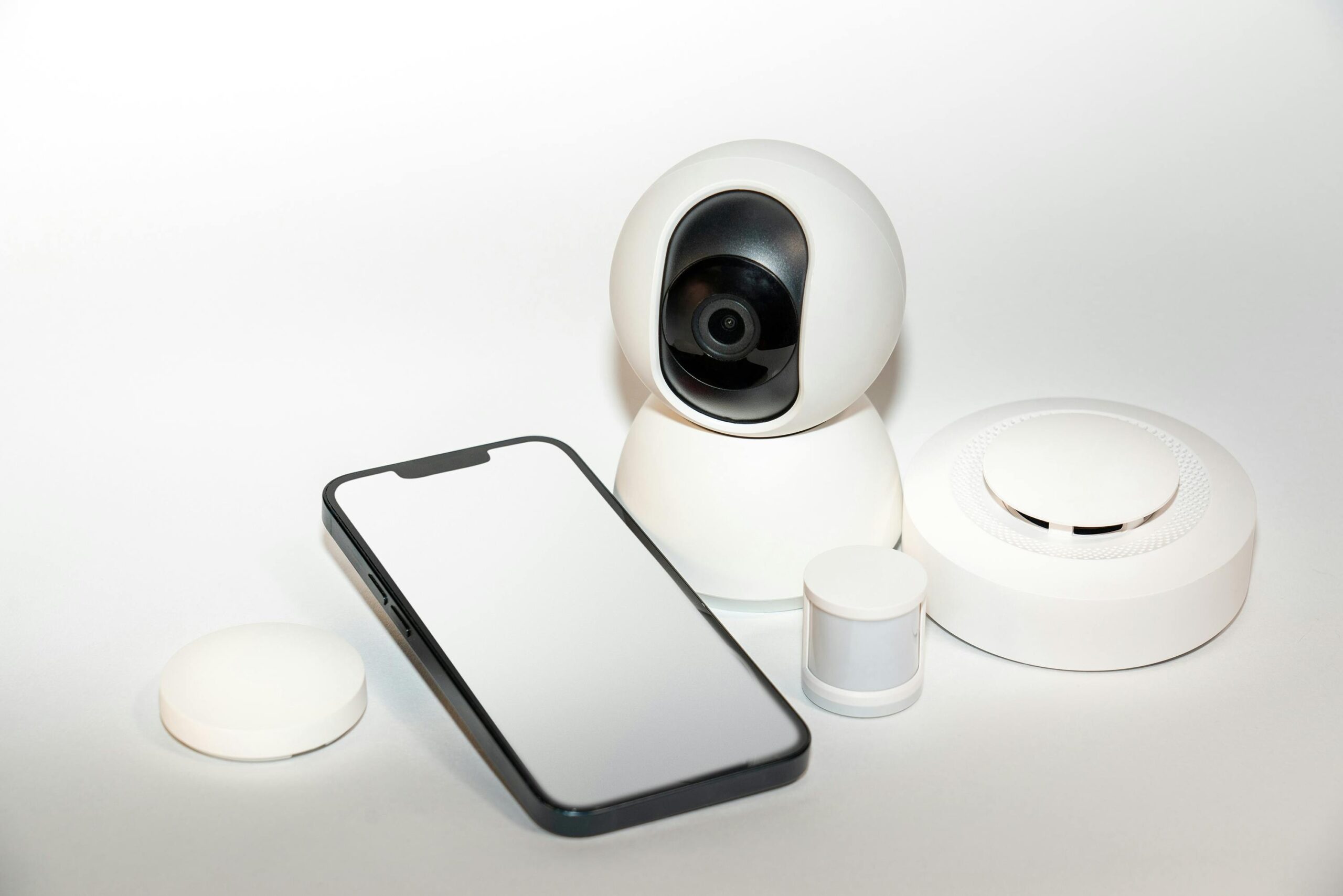Ever stared at your home security system, wondering why the motion sensors missed that raccoon’s midnight snack run—or worse, an actual break-in? You’re not alone. Motion sensor placement might just seem like a “set it and forget it” detail, but when it comes to burglary insurance, it has a sneaky way of impacting your premiums and safety. Stick around as we unpack how strategic motion sensor setups can save you cash *and* peace of mind.
Table of Contents:
- Key Takeaways
- Why Motion Sensors Matter for Burglary Insurance
- Step-by-Step Guide to Optimal Motion Sensor Placement
- Pro Tips for Foolproof Sensor Setups
- Real-Life Wins (and Fails) in Sensor Strategy
- FAQs About Motion Sensors and Insurance
Key Takeaways
- Motion sensors play a critical role in lowering burglary insurance costs by enhancing home security.
- Improper placements lead to false alarms or blind spots—annoying for you, costly for insurers.
- Avoid placing sensors near heat sources, large pets, or reflective surfaces to prevent errors.
- Customized strategies based on your home layout ensure optimal coverage.
Why Motion Sensors Matter for Burglary Insurance
If I told you my neighbor paid 30% more on their burglary insurance because they put their motion detector right next to their oven… Yeah, true story. And trust me, no one wants to hear “false alarm” from both their system *and* their wallet!
Burglary insurance underwriters love smart technology since it lowers risk—if used correctly. A well-placed motion sensor deters intrusions while providing data-backed proof of robust security measures. This translates directly into policy discounts. But here’s the kicker: improper installation turns these devices into liabilities rather than assets.

Alt Text: Modern home security system featuring discreetly installed motion sensors near entry points.
Optimizing your setup isn’t just about saving money—it’s about sleeping soundly knowing every corner is covered. So, ready to get tactical?
Step-by-Step Guide to Optimal Motion Sensor Placement
Where Should Sensors Go?
- Entry Points: Doors and first-floor windows are prime targets for burglars. Position sensors within a 6-8 foot range to catch any movement.
- Blind Spots: Corners act as natural chokepoints. Install sensors diagonally across corners to maximize field coverage.
- Outdoor Areas: Driveways and backyards should use weatherproof models angled toward common pathways.
What to Avoid:
- Heat Sources: Kitchens with ovens or areas near radiators confuse sensors, causing erratic behavior.
- Pets’ Zones: Large dogs wagging tails or cats leaping onto furniture trigger unnecessary alerts.
- Glass Surfaces: Mirrors and shiny objects bounce signals randomly, creating blind zones.
“Grumpy Optimist” Dialogue:
Optimist You: Follow this guide, and you’ll protect your house perfectly!
Grumpy You: Ugh, fine—but only if coffee fuels me through rewiring half my house.
Pro Tips for Foolproof Sensor Setups
- Test Everything: After installation, simulate scenarios like walking paths or opening doors to verify all triggers work.
- Adjust Sensitivity: Some systems allow tweaking detection ranges. Lower settings reduce over-sensitivity in cluttered spaces.
- Combine Technologies: Pair motion sensors with door/window contact sensors for layered monitoring. Bonus points if synced to your phone app!
One “terrible tip”? Don’t rely solely on user manuals—they often assume ideal conditions. Real-world testing beats book smarts every day.
Real-Life Wins (and Fails) in Sensor Strategy
Take Sarah from Ohio—she arranged her sensors so they crisscrossed hallways instead of pointing straight ahead. Result? Her insurance provider dropped her premium significantly after six months without incidents.
Meanwhile, Mike learned the hard way when he set up his garage sensor facing direct sunlight. The midday glare triggered daily alarms… which eventually led his insurer to raise rates due to perceived unreliability.

Alt Text: Diagram explaining good versus bad motion sensor angles using simple arrows and labels.
FAQs About Motion Sensors and Insurance
Q: Does adding more sensors automatically lower my premium?
Nope! Insurers value effectiveness over quantity. Two strategically placed sensors trump ten haphazard ones.
Q: Can DIY systems qualify for discounts?
Many do—but check with your provider first. Some companies only accept professionally-installed kits.
Q: Do outdoor cameras count too?
Yes, combining video surveillance with motion sensing boosts overall appeal to insurers (and criminals stay extra scared).
Conclusion
Strategic motion sensor placement doesn’t just beef up your home security; it can also slash burglary insurance costs. By avoiding rookie mistakes (heat vents = nope), following our step-by-step guide, and tweaking settings smartly—you’re golden.
And remember, like a Tamagotchi needing daily care, your home security deserves consistent updates. Keep testing, optimizing, and staying vigilant!

Alt Text: Playful cartoon image of a retro digital pet evoking early 2000s nostalgia.


